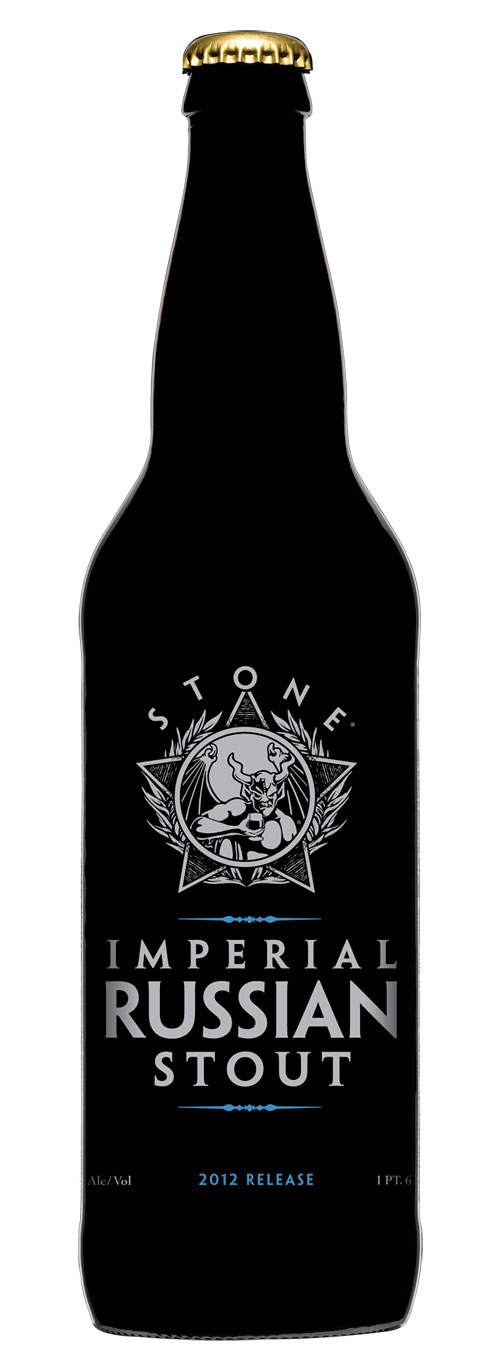Brewed 11/17/13:
After struggling last time with the ESB, this brewday went extremely smoothly. Not only was I able to finish the beer without a hitch, but I bottled the ESB simultaneously, all at record pace, by myself. If only it always went this smoothly.
I took a pH measurement for the first time on this beer. I picked up a tube of test strips on amazon for $5, because I figured this would help me get a feel for what might have gone wrong with a few beers earlier in the year. If the pH leaves the narrow mashing window, the malt enzymes that hydrolize the starch in the grain become less effective, possibly resulting in incomplete conversion, plus tannins can soak into the wort from the grain husks. I haven't tracked or adjusted mash pH up to this point, but this time I can at least see where I'm at. The strips proved hard to read as the shade changes between the high and low ends of the mash pH are not as obvious as they could be. About all I could gather was that the pH during the mash was somewhere in the right neighborhood. Given the high percentage of dark malts in the mash--about 16% with another 24% brown malt--this beer should be way more acidic than previous beers. This supports my hypothesis that the water I have here is very alkaline and the batches that went wrong probably missed the optimal mash pH window.
After the brew was complete and the ESB bottled, I racked the wort straight onto the yeast cakes from the ESB. Imperial stouts and other high gravity ales require high cell counts of healthy yeast to ferment all that sugar and finish their business in the resulting high alcohol environment. Instead of preparing a massive yeast starter with fresh yeast, I planned my ESB to perform the same function. Now it's not best practice to rack fresh wort into the same fermenter--the yeast should always be rinsed with sterilized water to separate the trub, and the fermenter should be cleaned and sanitized to remove the potential contaminants and debris--but it was easier. I didn't have an extra pair of hands, so since I was already bottling on brewday, I let sleeping yeast lie. The result was approximately three times the recommended cell count according to the Mr. Malty yeast calculator, but oh well.
Fermentation:
I racked the wort at 60F into the two fermenters with the Whitbread dry and Worthington White Shield yeasts, 4 gal in each, and set the temperature to 62F. Each got 1 minute of O2 and half a tsp of yeast energizer just to make sure they were ready for the big stout.
I got a text from my mom two days later when she checked on it for me:
I had no idea the yeast would be so aggressive at 62F, the lower end of their active temperature range. These carboys were only 2/3 full, leaving 2 gallons of headspace, but the foam clearly spewed well beyond that. You can't see it from this picture, but there were sticky brown splotches all over the sides, door and ceiling of the refrigerator. Moral of the story: always use a blow off tube for primary fermentation.
I drove up the next day to clean the fermentation fridge out and replace the airlocks. The whole roomed smelled wonderful, like a chocolate bar exploded everywhere, but just not what I wanted to be doing with my Wednesday night. The fermentation seemed to have pretty much finished as the surface of the beer was pretty clear, so after bleaching resanitizing the airlocks, I bumped the temperature up to 68F to keep the yeast active as long as possible.
Racked 12/1/13:
I racked this to secondary after 2 weeks. I've done a lot of brewing lately, so I'm in no hurry to get this bottled. I plan on letting this sit for at least a month to let it mature a bit while I drink the other beers. After losing so much volume to trub and the blowoff, I'm worried there may be too much headspace in the secondary carboy. These ones are only 5 gal instead of 6, but from what I've read that increases the risk of oxidation. I don't remember where I read this, but someone recommended adding a bit of corn sugar or malt extract to restart the yeast and clean up that oxygen. I like that idea, especially in a big stout like this where I need to age it awhile and the extra point of gravity will hide nicely. I added 2 oz. of corn sugar to each carboy and replaced them in the fermentation fridge at 68F.
Bottled 1/4/14:
Ned and I bottled our cider this afternoon, so I decided to do the stout too while everything was out. Thankfully Ned decided to stick around and do this one too, because it was a very long day as it was, and very cold as well. Seriously. Hose water was freezing underneath my feet as I was cleaning things, and the next morning I discovered this pile of frozen foam. It was so cold it froze solid before the bubbles could pop.
Anyway, both the stout and the cider have been sitting for quite awhile, so maybe they could have used a dose of fresh yeast to kickstart the carbonating process. All I have on hand is US-05, and between the risk of increased attenuation and the extra effort required, I decided to just let the current residents do their job. Next time I'll have some dry wine yeast on hand so I don't have to worry about attenuation issues. It should be about a month before these beers are ready to drink.




